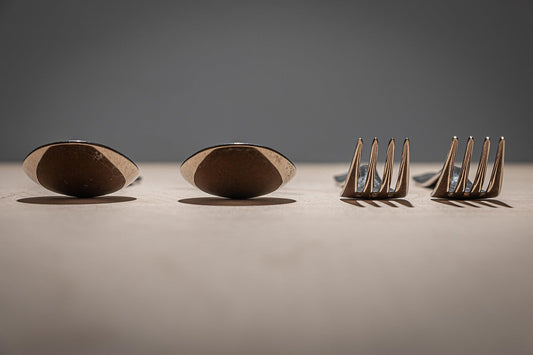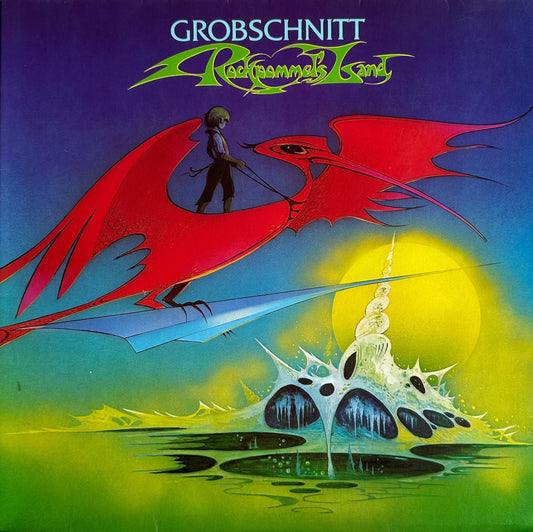It’s amazing how good we are at locating sound. Without even thinking about it, we can close our eyes and tell where someone’s talking from across a room. We know if footsteps are behind us or to the left. A violin doesn’t just sound like a violin—it sounds like it’s three feet to the right, behind the speaker, and a few feet off the floor.
That’s not volume. That’s not tone. That’s phase.
Phase is one of those technical words that often confuses folks, so perhaps it's helpful to discuss it.
Let’s start with the basics. Phase describes the timing relationship between two versions of the same signal. Imagine a pure tone—a simple up-and-down sine wave. Now imagine a second one, exactly the same, but shifted slightly in time. That time shift is what we call a phase difference.
In real-world sound, that phase difference is how your brain figures out direction. We have two ears for a reason. When a sound reaches one ear a fraction of a millisecond before the other, and maybe with a slightly different waveform shape due to its path through the room, your brain triangulates that difference. It tells you the source is to the left, or closer, or moving.
So when we talk about phase in a stereo system, we’re talking about whether those natural timing cues—the ones embedded in the original recording—are still intact when the music reaches your ears. If they are, your brain goes to work and builds you a three-dimensional image. Instruments fall into place. The stage gets wide, deep, and vivid.
But if those phase relationships are mangled—by poor speaker design, phasey crossovers, feedback in the amplifier—that spatial information falls apart. Things get fuzzy. Vocals lose their body. The drums sound smeared.
It’s not the same as polarity. That’s whether a signal is positive or negative—like whether a woofer moves in or out. Phase is finer than that. It's about timing, and we’re incredibly sensitive to it—especially in the midrange, where most spatial cues live.
A system with good phase coherence doesn’t just sound good. It sounds real. When it’s right, you stop listening to the gear and start seeing the music.
And that’s the magic we’re after.









